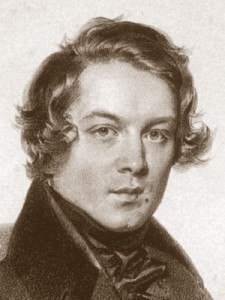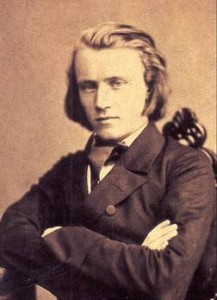February 5, 2013
By “All Quiet on the Western Front ”. E. M. Remarque.
“[..] He fell in October 1918, on a day so calm and quiet on all fronts, the bulletin of the Supreme Command was limited to these words:” All Quiet on the Western Front. “He had fallen forward and lay with his head on the ground, as if asleep. When he turned around he saw that he could not have suffered long: his face wore an expression so serene, almost as if he was glad to finish so […] ‘ –
Listen to this symphony (Robert Alexander Schumann’s Symphony). Try to rivevere inside these sounds, while this soldier recovers his humanity, just at the moment when it kills itself (the enemy). He kills his enemy, and at that moment he, for the first time, looks into his eyes. And he knows that both are dying.
From the 23-th minute when he is about to shoot and tries to reach it; after when he sees it fall. And he understands too late. You hear the sound of the strings. He feels the humanity in itself, but just at the moment when one takes to his fellow man. The absurd war, murder. If one can identify with this, really: he faints because he feels the horror. And do not cry. No, too easy. Do you hear the music from the 23 th minute when playing wind instruments and strings, and to 23:50. BEHOLD HIM THE FEEL. FEEL IT IN YOUR HEART. COMING OF THE WIND WHO KILLED HIM IN HIS HEART and THE FEEL .. After hearing that, we can cry. Yes, once you can cry for all the dead in a sleep of stone.
Robert Schumann – image taken HERE
To listen to the symphony no. 4 click HERE

